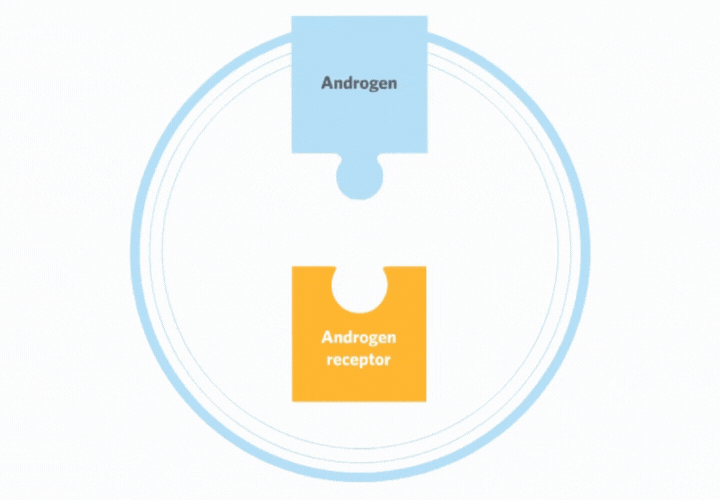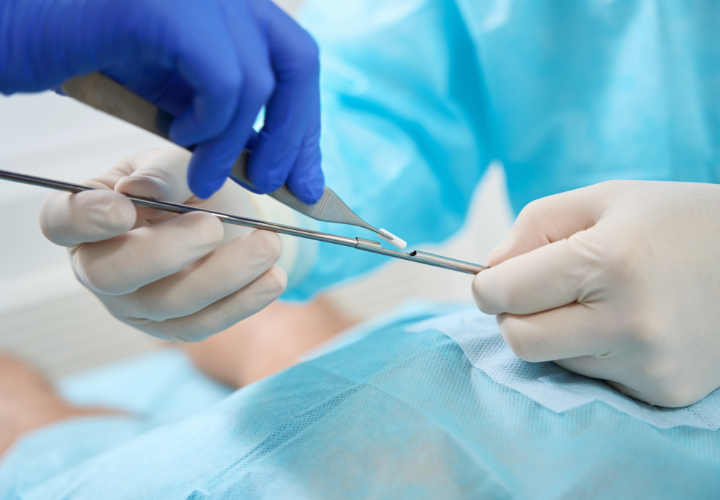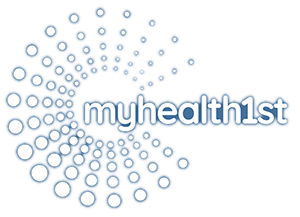Testosterone is often associated with men, but it plays a crucial role in women’s health too. It’s actually the most abundant biologically active hormone in women [1]. And recent research suggests a surprising benefit: testosterone therapy shows promise in shrinking breast cancer tumors.

 As we age, our bodies naturally produce less testosterone. Symptoms of androgen deficiency can start as early as your thirties, and some patients experience incredibly low levels even in their twenties.
As we age, our bodies naturally produce less testosterone. Symptoms of androgen deficiency can start as early as your thirties, and some patients experience incredibly low levels even in their twenties.
This decline in testosterone can contribute to increased telltale signs of “aging” and risks of certain diseases and cancers as we grow older. Healthy testosterone levels play a vital role in immune function, metabolism, inflammation, and – as we’ve seen – abnormal tissue proliferation.
One in eight women will develop breast cancer in their lifetime. Current treatments can be harsh, causing side effects like sterility, worsening menopausal symptoms, and long-term toxicities [2].
Here’s where the exciting research comes in: Testosterone implants have been used for over 70 years, even to treat certain breast cancers [2]. Recent studies are exploring how testosterone therapy can be used alongside other treatments, offering promising results.
Key Findings from Recent Studies

A common concern among patients is that testosterone therapy might worsen cancer or interfere with other treatments. However, the research suggests that when used strategically, it can be a safe and effective complement to conventional therapies, and even shows promise as a standalone treatment.
Testosterone therapy represents a promising new frontier in breast cancer care. As research continues to unveil its potential, open communication between patients and healthcare providers is crucial for determining the best course of action in each case. These findings offer a beacon of hope and a potential new way to improve the lives of those affected by breast cancer.
At MyHealth1st, we believe in a comprehensive approach to breast health. In addition to staying informed about the latest research, we offer thermography imaging as a complementary screening tool. Thermography can help detect early signs of abnormal vascular activity in the breast, potentially leading to earlier intervention.
The research discussed in this blog highlights the potential benefits of testosterone therapy for both men and women. We at MyHealth1st are proud to offer bioidentical testosterone pellet therapy in our clinic. If you’re interested in learning more about how this therapy could benefit your overall health and well-being, we encourage you to visit our bioidentical testosterone therapy page.
Remember, knowledge is power. By staying informed and exploring all available options, you can take charge of your health journey.
References:

Lilly Young, raised in the realm of health and wellness by her mother, Dr. Lari Young, blends her passion for writing and medical research to offer insightful contributions to the MyHealth1st blog.

Join our newsletter for health news and My Health 1st events.